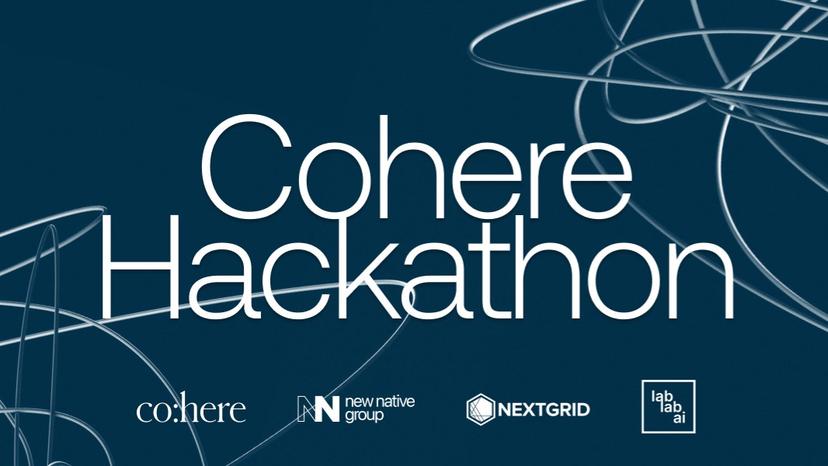.png&w=256&q=75)
Diana Kiikbayeva@diana99
is under improvement
is under improvement
🤓 Latest Submissions

Wanna become iOS Developer
The idea is to create a roadmap, because everything is in the roads. Meaning that when you know the road, you will know how to explore it. If you want to be iOS-developer, then you have to literally study while loving to become an iOS-Developer. Please, see the instructions in iOS applications. The goal we wanted to achieve was being able to reference secret values within our source code, without these values themselves needing to be kept in source control. The two solutions we have looked at are quite different, but both achieve the same goal. By using cocoapods-keys, we can avoid the manual setup and also avoid the values being stored in plain-text anywhere in the project. However, our solution using Sourcery can be used without Cocoapods and will still require very little maintenance. There will definitely be even more solutions available online for more use cases, it will come down to using the most appropriate solution for the situation.
3 Feb 2023

AI Health Diagnostic App
We have built an AI Health Diagnostic App to help people to get to know about their health condition, diagnosis or any advice until they get to meet professionals. Often times, from my own experience people are waiting on the queue to get medical service. In most times, you need to pay in order to get high quality medical service or to get the fastest service without the queues. This is just the prototype of the AI app that could be helpful for patients. We have used Gemma 2, Groq api keys. The app was built on front-end and back-end technologies using streamlit and uvicorn, which is a asynchronous server gateway interface server for Python web applications, for example for frameworks like FastAPI.
11 Dec 2024
.png&w=828&q=75)
HR Tool
We have used the Gemma2-7b-it model along with the Groq API to enable faster inference and streamline the process of distinguishing between multiple resumes. Our tool is designed to simplify and enhance the hiring process by generating scores for candidates based on their resumes, compared against the specific job description provided by the HR professional. The system requires HR to input a detailed job description, which serves as the benchmark for evaluating candidate resumes. Using advanced natural language processing (NLP) and inference capabilities, the tool analyzes the resumes and produces a score for each candidate. This score reflects the alignment between the candidate’s qualifications, skills, and experience with the requirements outlined in the job description. The scoring system helps HR teams quickly identify and shortlist the most suitable candidates for further consideration. Our tool leverages the capabilities of the Gemma2-7b-it model to process and analyze resumes at a granular level. This ensures accurate matching between the job description and the candidate profiles. The tool identifies key skills, experiences, and qualifications relevant to the job. The platform accepts job descriptions from any domain and with any number of features. Whether it’s a tech role requiring specialized programming skills or a management position emphasizing leadership qualities, the system is equipped to handle the unique demands of various industries. Once the resumes are analyzed, a compatibility score is generated for each candidate. This score provides HR professionals with a clear, quantitative measure of how well a candidate meets the job requirements. The scoring process is automated, ensuring consistency and objectivity in evaluations.
1 Dec 2024


.png&w=640&q=75)
.png&w=640&q=75)



